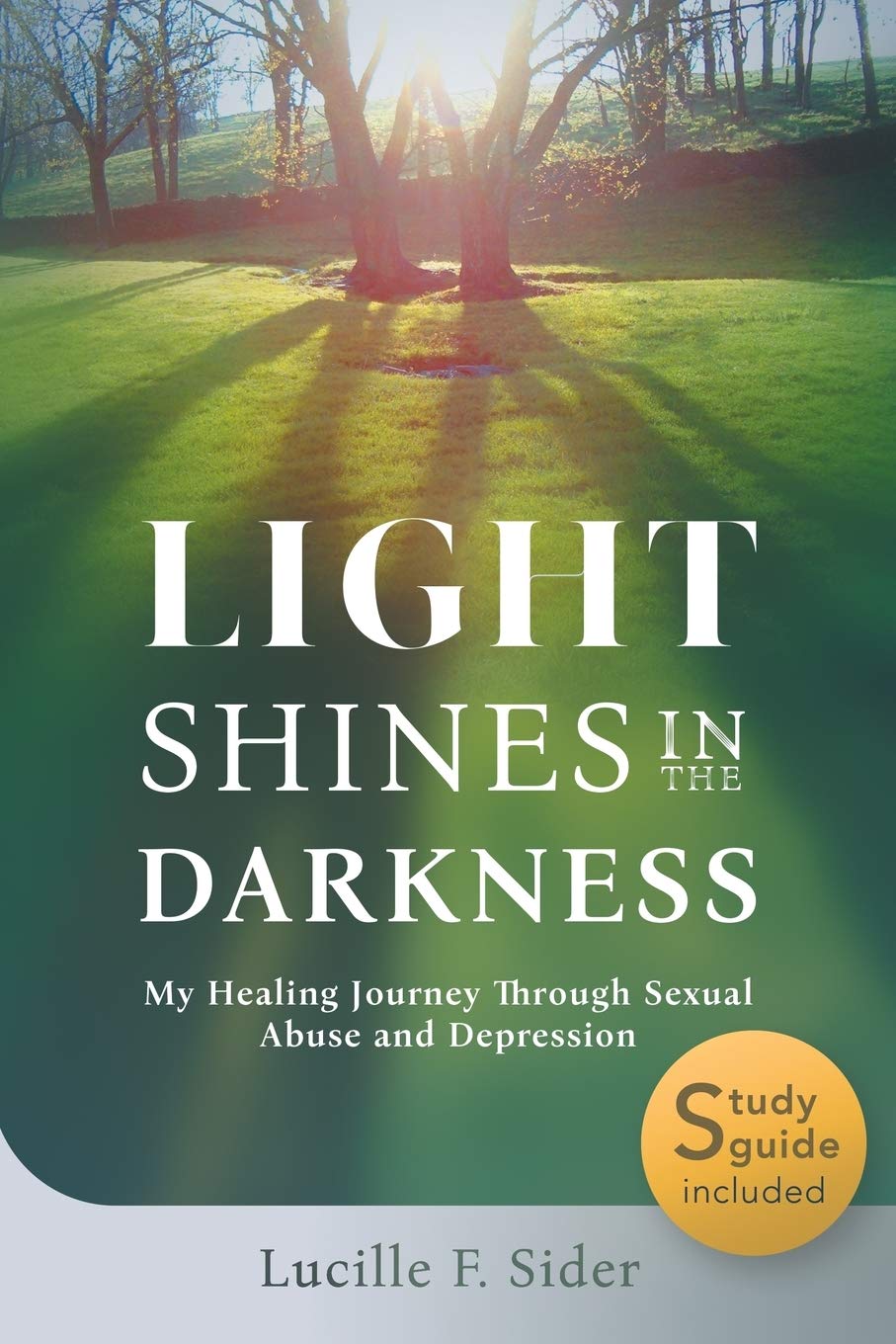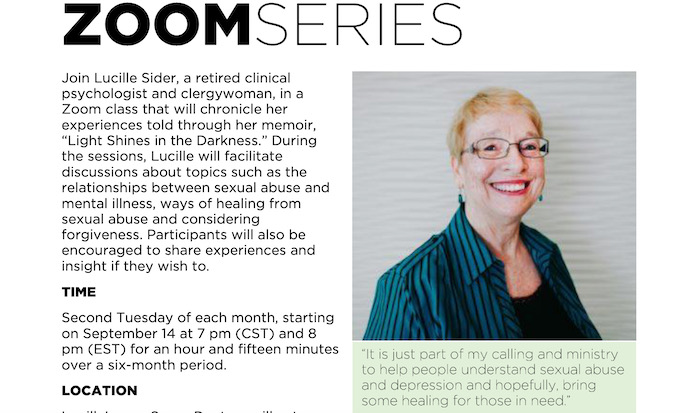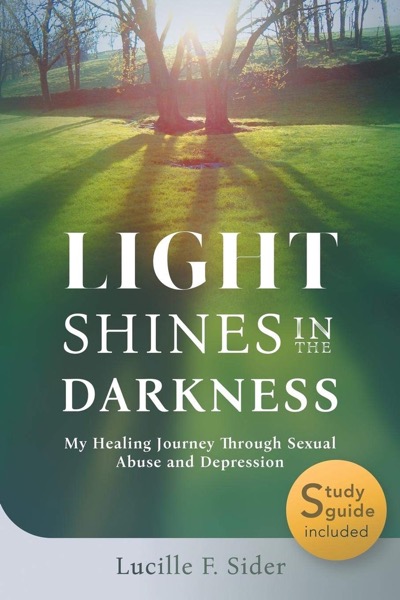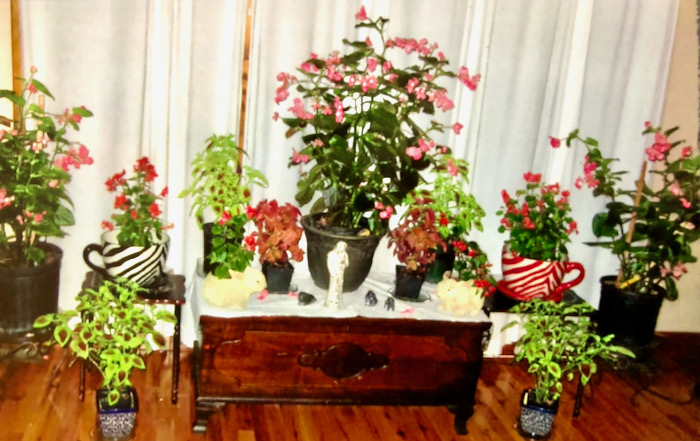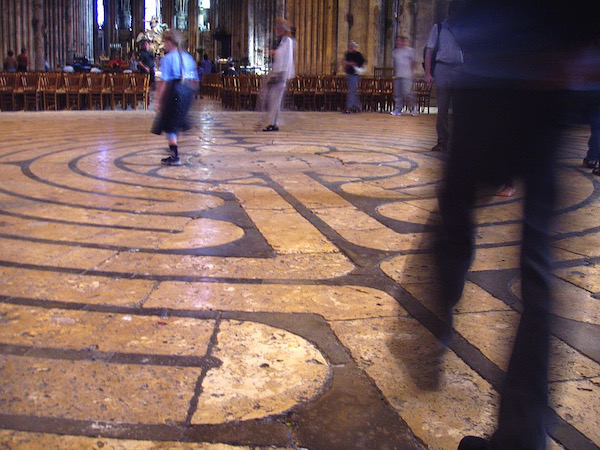By LUCILLE SIDER
Contributing Columnist
When I turned 33 years old, my life felt perfect. My husband and I were a great team as we cared for our three-year old son and as we each were working on doctorates. Our son already had a best friend as well as several other children on our block on the north side of Chicago.
But seemingly out of nowhere, in early November, 1979, an inner darkness gradually crept into the core of my being. I lost a sense of purpose. I felt exhausted. I just wanted to stay in bed. I didn’t know what was wrong with me.
Thankfully, I knew of a female therapist who worked especially with women. Immediately, she identified my aliment as “The Winter Blues.” Loss of purpose, exhaustion, and inner darkness hit the nail exactly on the head. Some simple statistics then helped to relieve some self-incrimination. The first was that approximately 10 million Americans suffer from “The Winter Blues” and that women are four more times than men to be afflicted. This helped me to not feel so alone.
The reality was that I had many friends but when The Winter Blues struck, they seemed so far away. Without realizing it until later, I had been withdrawing from them.

My therapist then reminded me that the technical name for “The Winter Blues” is “Seasonal Affective Disorder,” which is shortened to SAD.
Since “sad” was exactly the way I was feeling, this information again helped me to not feel so isolated.
Throughout that first winter, my therapist guided me every step of the way. She helped me stop blaming myself for how I felt. She gently nudged me to have coffee with my female friends. She nudged me to find a walking partner along our beautiful Lake Michigan. She encouraged me to go to church even if my husband could not go.
While that winter was the first time I truly understood the depression I felt, it has taken several years to really manage it.
Perhaps most important, I’ve learned that unless one masters how to manage SAD, it will creep into the psyche when the days grow short in November and it will sit there until March, when the days grow long. My motto became: “You take charge of The Winter Blues, or they will take charge of you.”
As the years have gone by, my own winter blues have weakened. I have found many ways to defend myself. The most powerful is to turn on the lights.
Light Therapy is quite a simple response and is widely recognized as effective.
I now live alone except for my cat, PJ. When I wake each morning, after a long snug with PJ, I walk directly to the living room/dining room and switch on the ceiling light. The light from two 100 watt bulbs greets me warmly. Since the light emanates from the ceiling, it feels like bringing in sunshine directly from the sky. Then, I switch on the ceiling fan. The movement of air in the room brings some sense of aliveness—like a gentle wind.
After that, three more lamps greet me. Two of these are standing lamps, with glass bowl-shaped shades turned upside down to direct light onto the ceiling. Again, this feels like sunshine from the sky. And finally, I turn on my table lamp with a stained glass shade. The shade of green and red accentuates all the plants that adorn the room.
With all the lights on in my main room, I make a pot of coffee in the kitchen. With a cup in hand, I move to my study, a small room with two big windows. I sit on my cushy glider and peer at Lake Michigan through one of those windows. While I live four blocks from the lake, I can see it from my windows, all five of them.
The question always is: How will the lake look today? Will it be a light blue, turquoise, dark blue, blue green or even gray? Will it be smooth or choppy? And what about the sky? Will it be clear with no clouds? Will it be full of those fluffy white clouds?
After sitting on my chair and absorbing the beauty of the lake I write down how I am feeling. As a person who struggles with depression, this is very important. I actually rate my level of depression with a numeric scale that goes from about 1 to 3. 1 is very little depression and 3 is a great deal of depression. If I am at 3 for several days in a row, I am in danger of having a depressive episode. I call my psychiatrist to make an appointment and we decide how to manage it. Usually an adjustment in medication is part of what I need. An extra session with my therapist may be needed also.
Then I return to the living room with a second cup of coffee in hand. I sit among the plants. I have two small trees in the corners of the living room, gracing the large windows straight ahead. The rest of the plants are coleuses, famous for their variegated leaves that come in many colors. Some are a deep red, while others are a light pink and green. Some are striped green, red and white. They vary in size, with the biggest ones standing over two feet tall. They are arranged on plant stands of various heights, displaying each one in all its glory. The 20 coleus plants make me feel like I’m in my own personal garden—I call it “plant therapy.” With the morning sun pouring through the windows, the darkness fades significantly.
Finally I plug in my water fountain, strategically placed among the plants. With its three tiers, flowing water ebbs gently in the room as a white, lighted ball turns gracefully on the top tier. This is the perfect setting for my second cup of coffee.
Halfway through that second cup of coffee, (about 9 am) my dear friend Frank knocks on my door, ready for our morning meditation. We live in the same building in Chicago, and have been meditating together for six years. While the practice has changed over the years, it always includes The Lord’s Prayer, spiritual readings, intercessions and 15 minutes of silence.
We begin with The Lord’s Prayer. This is not the traditional English text but one that Frank himself translated from his study of the Aramaic language, the language Jesus would have spoken.
In our time together Frank and I read scripture and other spiritual writings. We sing a short song. Then we pray. Our prayer list has at least 50 people on it. It is so enriching to remember each one. We let them know we are praying for them, which brings a certain intimacy into the relationship.
Finally, we have 15 minutes of silence. The silence brings together all of the previous words and actions. Furthermore, it settles any restlessness we might have, thus preparing us for the day.
After Frank leaves, I sometimes use my “light box “to combat any remaining darkness. This rectangular lamp is designed to emit rays just like the rays of the sun. I sit to the side of it so the rays land at an angle to my face, which feels soothing. If the Chicago sun doesn’t show itself, I also shine my light box on my plants. Giving them an hour of light therapy picks them up and helps them get through the Chicago winter. And on occasion, even my cat sits in front of the light box. I chuckle as I realize that even he needs some help to get through Chicago winters.
In addition to this routine, I have three other practices that are foundational for warding off the winter blues.
Music is the most important of these. I usually awaken each morning with a hymn running through my mind. I write it down and make a practice of singing it throughout the day. To remind myself to sing I have placed several small pink paper squares around my apartment. I feel very blessed that I wake each morning with a hymn. I discuss each one with my therapist just as we discuss dreams. The hymns are always affirming, reminding me of God’s love. A recent one was this: “Oh, the deep, deep, love of Jesus, Love so amazing so divine. For he loves us, ever loving, binding all of mankind.”
As noted above, I receive weekly counseling. My counselor and I discuss not only practical matters, but also my dreams and hymns. Dream interpretation keeps me attuned to my unconscious mind, which guides me in everyday situations and in understanding deeper psychological tumult. I love interpreting dreams.
Finally, I often pamper myself during the winter blues. I give myself permission to splurge by eating out and carrying in. I buy bouquets of flowers for myself and my friends. I shop online. Even the notification of a package arriving perks my spirits. Of course this splurging can easily get out of hand—especially during the pandemic. So managing it so it does not manage you—that’s the key!!
Finally, let me share with you Frank’s translation of the Lord’s Prayer, which you may want to include someday in your own spiritual reflections. It is:
Beloved Mother/Father of the Cosmos, awaken our hearts, minds and bodies to your loving and radiating presence.
Give us your empowering vision that all is one, earth and heaven together.
Remind us that we are your children, being fed by an eternal wisdom now.
Loosen the knots that form within and between us, freeing us to forgive.
Keep us aware of the flow of your goodness through us that we may bear fruitful lives.
For you are the vision and power of the unfolding new creation on which we stake our lives.
Care to Read More?
Lucille Sider inspires readers nationwide with Light Shines in the Darkness, her memoir about spiritual resilience in the aftermath of life-shattering trauma. Now, she is publishing a series of columns about the many ways men and women find themselves confronting trauma every day. Here are some of her earlier columns:
- Her first story was The Perfect House.
- Then, All Manner of Things Shall Be Well.
- Taking on cancer ‘this step, each step’
- Knitting Our Lives Together
.

